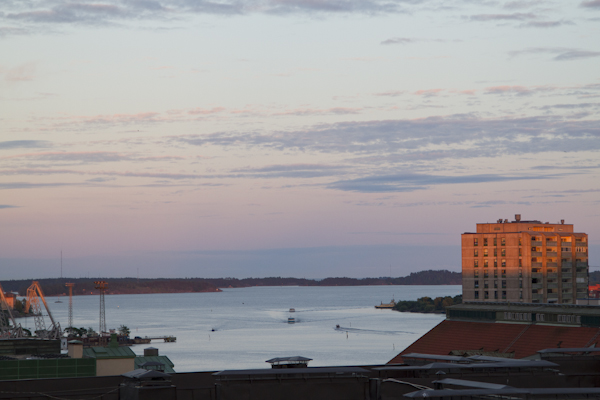
My Baltic adventures came to an end in Tallinn. But Scandinavia was just beginning.
We drove to the ferry port through early morning rain, and said goodbye to the brand new rental car I’d been driving for the past 3 weeks. The streets were deserted, and Tallinn felt the way a station does when no one comes to see you off.
We boarded a Tallink Silja Line ship for the 2 hour crossing of the Gulf of Finland, and made our way to comfortable seats in the business class lounge. I poured a cup of coffee and wrote in my notebook until I felt the engines rumble to life.
I’m going to write more about travel by Baltic ferry in my next blog, so I won’t go into it here. Suffice it to say that by noon we were settling in to a bright penthouse apartment in the trendy district of Kallio, with views across the harbour and a nice comfortable chair in which to read.

The light in Helsinki is strangely disorienting. A glance at the map tells me I am on the same latitude as Whitehorse in Canada. The glow only fades around 11pm, and dawn creeps its red fingers over the city again around 3am.
Despite this near constant light, none of the windows around us have curtains. I struggle to sleep, but I don’t feel tired or groggy the next day. I’m possessed by a strange sense of insomniac wakefulness, but without that dull ache around the eyes, and without a brittle feeling inside my head. The Nordic light is soft and gentle, and my brain feeds on it like a plant.
I imagine winter here would be the opposite, like those cold gloomy days in Canada, where it was so difficult to wake up in darkness, and where I wandered through my work day fighting an inner fog that slowed my thinking and made every move an effort.
Deep sleep and rest are seasonal activities this far north, and in summer no one in Helsinki seems to stop.
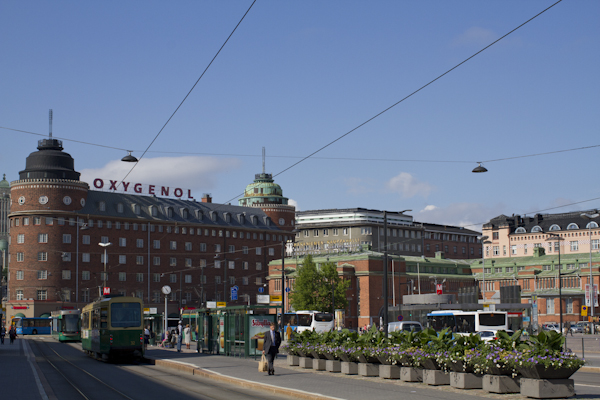
Like certain plants, the Finnish people are heliotropes. On sunny days, the entire population seems to be sitting around in parks drinking beer from cans. They just throw themselves down on the grass, or sprawl on benches, in any available place.
I don’t think I appreciated at the time just how rare that sunshine is, even in summer, and how badly they need it. In Malta, the sun shines unobscured for 7 or 8 months, and its rays can be physically painful. But in the north, even in summer the sky weeps rain.
When they aren’t sitting around in parks, the Finns zip around the city’s green spaces on bicycles, or walk, or paddle the many blue inlets and lakes.
This is an active place of fresh sea air, and the green life all around me seems to have animated me from the inside too, and made me strangely seasonal. The waning of the light will bring darkness and ice, but right now I just don’t care.
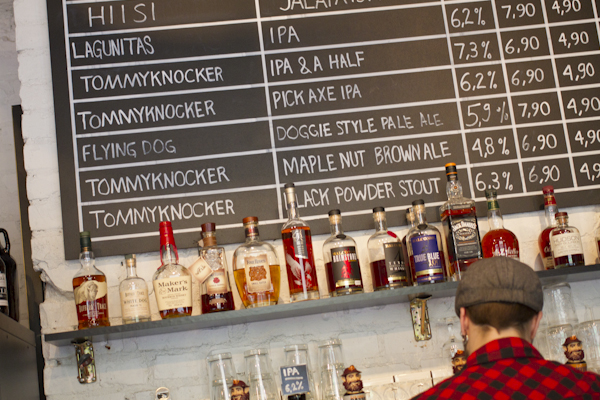
We spend our days walking into the city centre from Kallio, taking a different route each time. My senses are attuned to the spirit of place, and I feel it working its way into my psyche and out through my pen.
I realize Helsinki is the place with the highest density of black t-shirts in Europe. Heavy metal fashion is alive and well. I see more black concert shirts and jeans there, and long black hair, than I have anywhere else in the world. It feels as though the entire place is clinging stubbornly to goth.
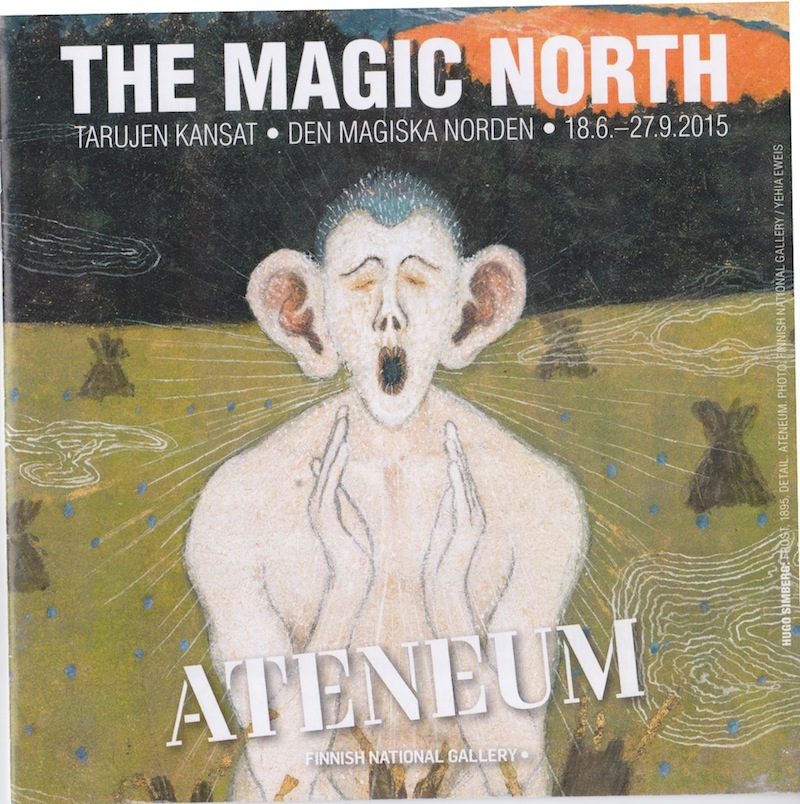
We pause to explore Nordic art at the Ateneum, Finland’s main gallery.
The current exhibit is called The Magic North. The works are drawn from late 19th and early 20th century Norwegian and Finnish art. It was a time of increasing urbanization, but the spirit of place spoke through these painters as they explored connection with a mythical world of bright summer nights and vast forests, a liminal space where all knowledge could be attained instinctively, at a time when harmony reigned between individual and world.
I gain a new appreciation for the work of Edvard Munch. Most people only know Munch for The Scream. But I had to come north to realize just how perfectly he captured that Nordic light in his landscapes; how he transferred the very mood of the place onto his canvas.
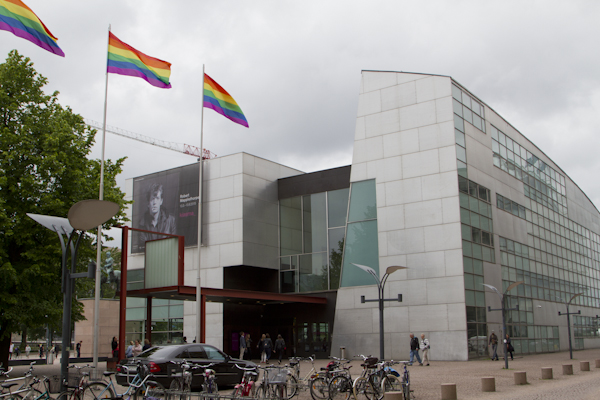
We also happen to be in town for the big Robert Mapplethorpe exhibit at Kiasma, the city’s modern art gallery.
Mapplethorpe is perhaps best known for his erotic photos, and his shocking-at-the-time depictions of gay culture and S&M. But I felt much of that stuff was just designed to startle the viewer, and I don’t see the spark of life in those images that I saw in his earlier work.
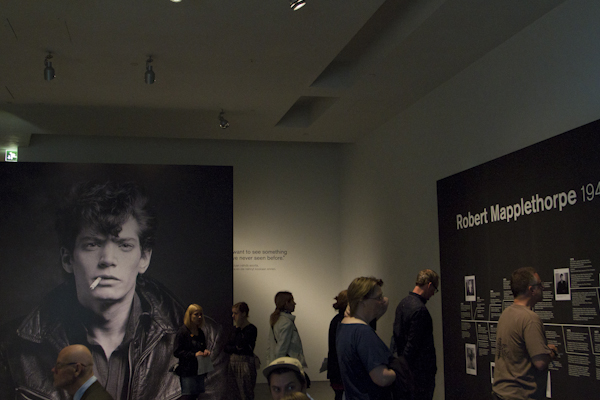
His still life series with flowers and his earlier portraits are far more compelling. His photos of singer Patti Smith — including the image that became the cover of her legendary album Horses, taken using natural light in a Greenwich Village penthouse — have an intimacy and naturalness which the later erotic photos lack.
Kiasma is also screening a film about Mapplethorpe’s relationship with legendary curator Sam Wagstaff that evening, and it turns out to be the highlight of the exhibit. I didn’t know anything about this important collector or his life. But I come away with the feeling that Wagstaff was the real genius behind Mapplethorpe’s massive success. And I’m reminded of what a cruel swath the AIDS epidemic cut through the creative world in the 1980’s, and of how much we as a culture have lost.
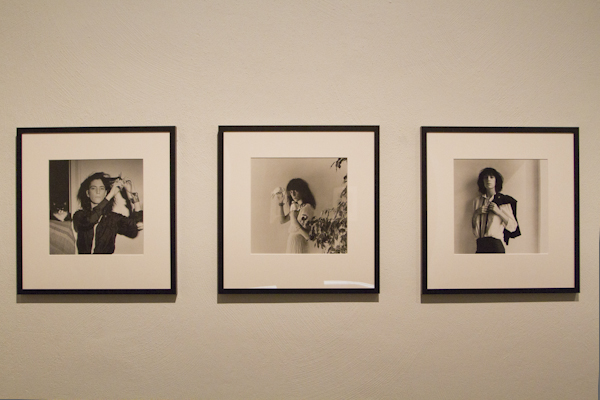
But enough about art and death. The sun is shining, and everyone in Finland is outside.
We wander the streets among Helsinki’s art nouveau buildings and 1930’s cafes and restaurants. We drink cold beers at a bustling student hangout, and at a craft beer bar. We explore the legendary design shops. And when it’s time for food, we seek out the market square.
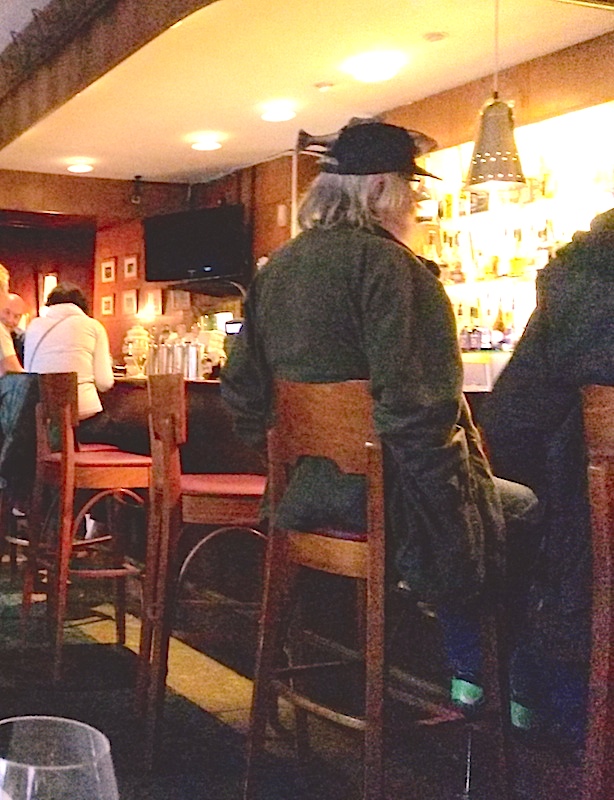
The Hakaniemi market is just down the street from our apartment, so we go there to buy pickled herring, smoked and salted salmon, cheese, salads and fresh bread. We carry it all back to our apartment in paper bags, stopping to purchase a bottle of wine along the way. And we eat it looking out the windows, as the sun lights the harbour in gentle greys and pinks to match the sky.
On one of our last days in town, we take a ferry to the fortress island of Suomenlinna to explore Finland’s past. It’s one of the largest sea fortresses in the world, and it became a UNESCO World Heritage Site in 1991.
The city of Helsinki was founded by the Swedish king Gustav Vasa in 1550, to compete with the Hanseatic trading port of Tallinn across the water. But power shifted after the Hanseatic League fell, and Russia was soon in its ascendancy.
To counter this growing threat from the East, in 1748 the King began construction of a massive fortress on a cluster of four islands out in the harbour. The Russians eventually took Suomenlinna — and Helsinki — in 1808, and it gradually fell into disuse.
In its life as a military fortification, this powerful island fortress defended three different states: the Kingdom of Sweden, the Russian Empire, and, finally, the Republic of Finland.
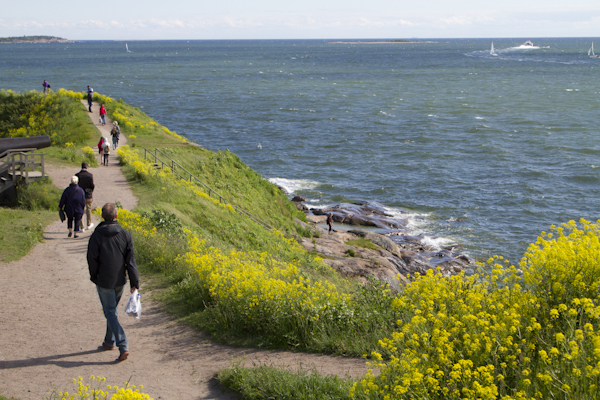
Some 800 residents still live on Suomenlinna today. But it’s the crumbling walls and bastions of the outermost island that hold the most appeal for those of a historical mindset.
Today it’s a popular picnic spot, and like every other green space in the city, it is filled with teenagers and couples sitting on the grass drinking beer.
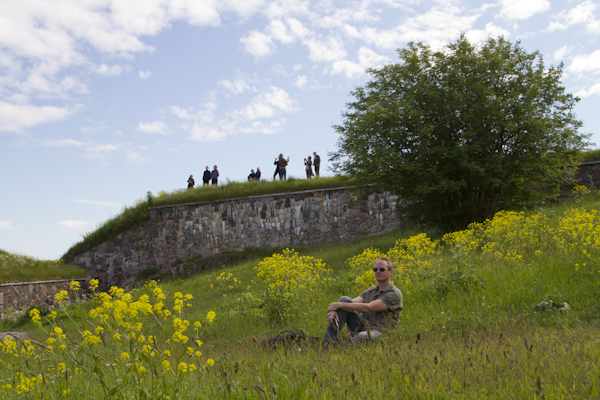
We buy cans of beer and snacks from a small shop too, and we walk out to the farthest island to sit on the fortress walls near the King’s Gate, where the massive Baltic ferries pass through a narrow gap between islands on their way out to sea.
The sun is warm down there out of the wind. I open my beer with a crack and a hiss. Wind snakes through long grass, and murmurs of conversation drift over from other picnic sites. We all sit and wait until finally, the big ship rounds the far island and slides past above us.
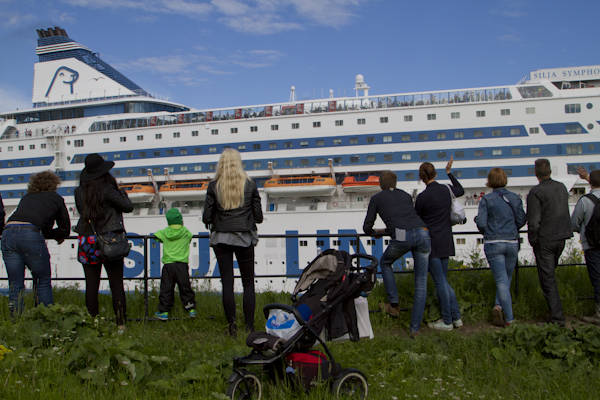
Our time in Helsinki is nearly over. And in a day or two we will be standing on the top deck of one of those boats too, looking down on this fortress from the opposite view.
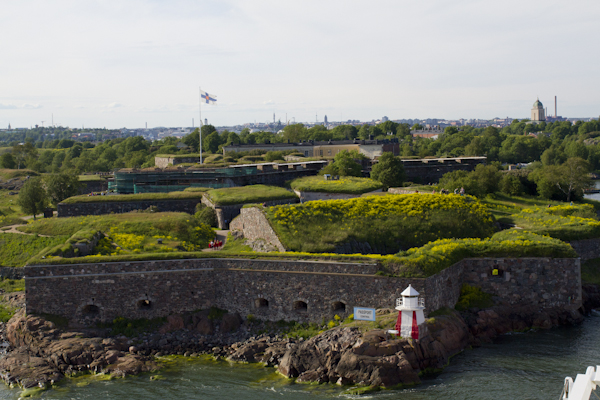
Photos ©Tomoko Goto 2015

Get your FREE Guide to Creating Unique Travel Experiences today! And get out there and live your dreams...
